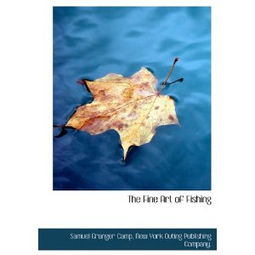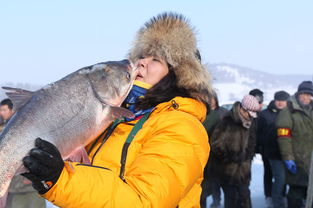Introduction: Fishing is an ancient pastime that has been cherished by anglers around the world. One of the most exciting and challenging types of fishing is bug line fishing, which involves using a specialized rig to catch fish with live or artificial bugs. Whether you are a beginner or an experienced angler, mastering the art of bug line fishing can enhance your fishing experience. In this article, we will discuss how to dig bug lines, as well as provide expert tips and techniques to help you become a bug line fishing pro.

I. How to Dig Bug Lines
Choose the right location: Before you start digging bug lines, it is crucial to find the perfect location. Look for areas with a high concentration of fish, such as near submerged rocks, logs, or other natural structures that can provide cover for bugs and fish. Popular spots include shallow water, weed beds, and areas with a strong current.
Select the right equipment: To dig bug lines, you will need a few essential tools. These include: a. A sturdy rod and reel: Choose a rod that is lightweight and sensitive, as you will need to detect subtle movements from the fish. b. Line: Use a strong, flexible line that can withstand the weight of the bugs and the pull of the fish. c. Hooks: Select hooks that are small and sharp, as they will help you present the bugs more naturally. d. Bug rig: A bug rig is a specialized rig designed to hold bugs in place while allowing them to move freely. There are various types of bug rigs available, so choose one that suits your fishing style and the bugs you plan to use.
Start digging: Once you have the right location and equipment, it's time to start digging. Follow these steps: a. Begin by placing your rod in a comfortable position and securing the line to the reel. b. Hold the line with one hand and use the other hand to dig a small hole in the substrate, such as mud or sand, near the structure where you want to fish. c. Insert the hook into the hole, ensuring that it is securely anchored. d. Attach the bug rig to the hook, following the manufacturer's instructions. e. Place the bugs on the rig, ensuring they are positioned correctly and can move freely.
II. Expert Tips and Techniques
Bug selection: Choosing the right bugs is crucial for successful bug line fishing. Consider the following tips: a. Research the types of bugs that are commonly found in your fishing area. b. Match the size and color of the bugs to the natural prey in the water. c. Experiment with different types of bugs to see which ones work best in your fishing environment.
Rigging the bug line: a. Attach the hook to the rig, ensuring it is secure. b. Position the bugs on the rig, allowing them to move naturally. c. Adjust the rig's tension to prevent the bugs from becoming tangled or getting stuck on the bottom.
Presenting the bug line: a. Cast the rig gently into the water, avoiding any sudden movements that could spook the fish. b. Allow the rig to sink naturally to the desired depth. c. Retrieve the rig by moving the rod tip in a slow, erratic motion, mimicking the natural movement of bugs.
Reading the bite: a. Pay close attention to the line and rod tip for any signs of movement or tension. b. When you feel a bite, set the hook quickly and firmly. c. Practice proper hook setting techniques to ensure you land the fish.
Practice and patience: Bug line fishing requires practice and patience. Spend time mastering the techniques discussed in this article and don't get discouraged by initial challenges. With time, you will become more skilled at reading the water and catching fish using bug lines.
Conclusion: Bug line fishing is a thrilling and rewarding way to catch fish. By understanding how to dig bug lines and applying expert tips and techniques, you can improve your chances of success. Remember to choose the right location, equipment, and bugs, and practice the necessary skills to become a bug line fishing pro. Happy fishing!












